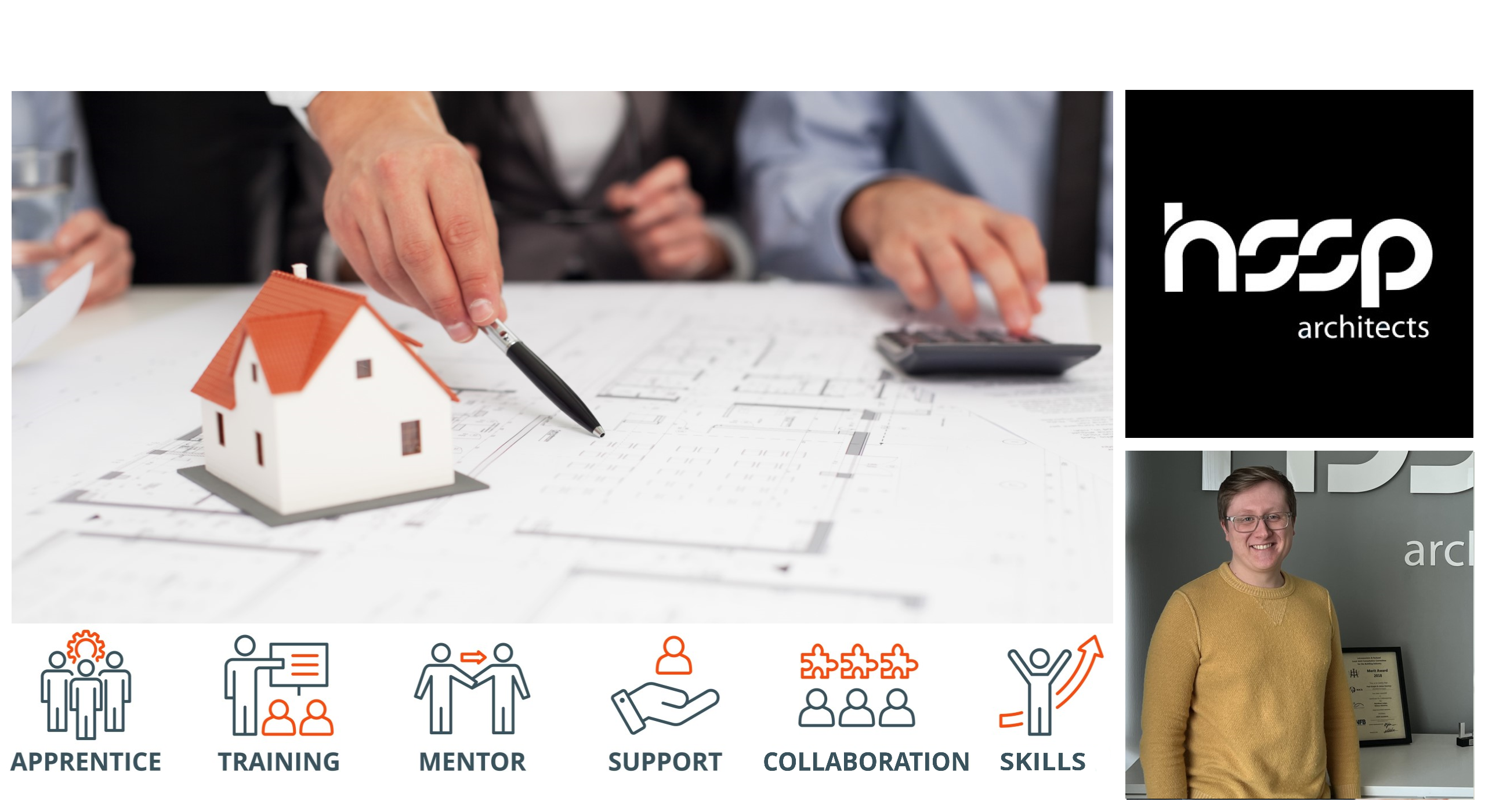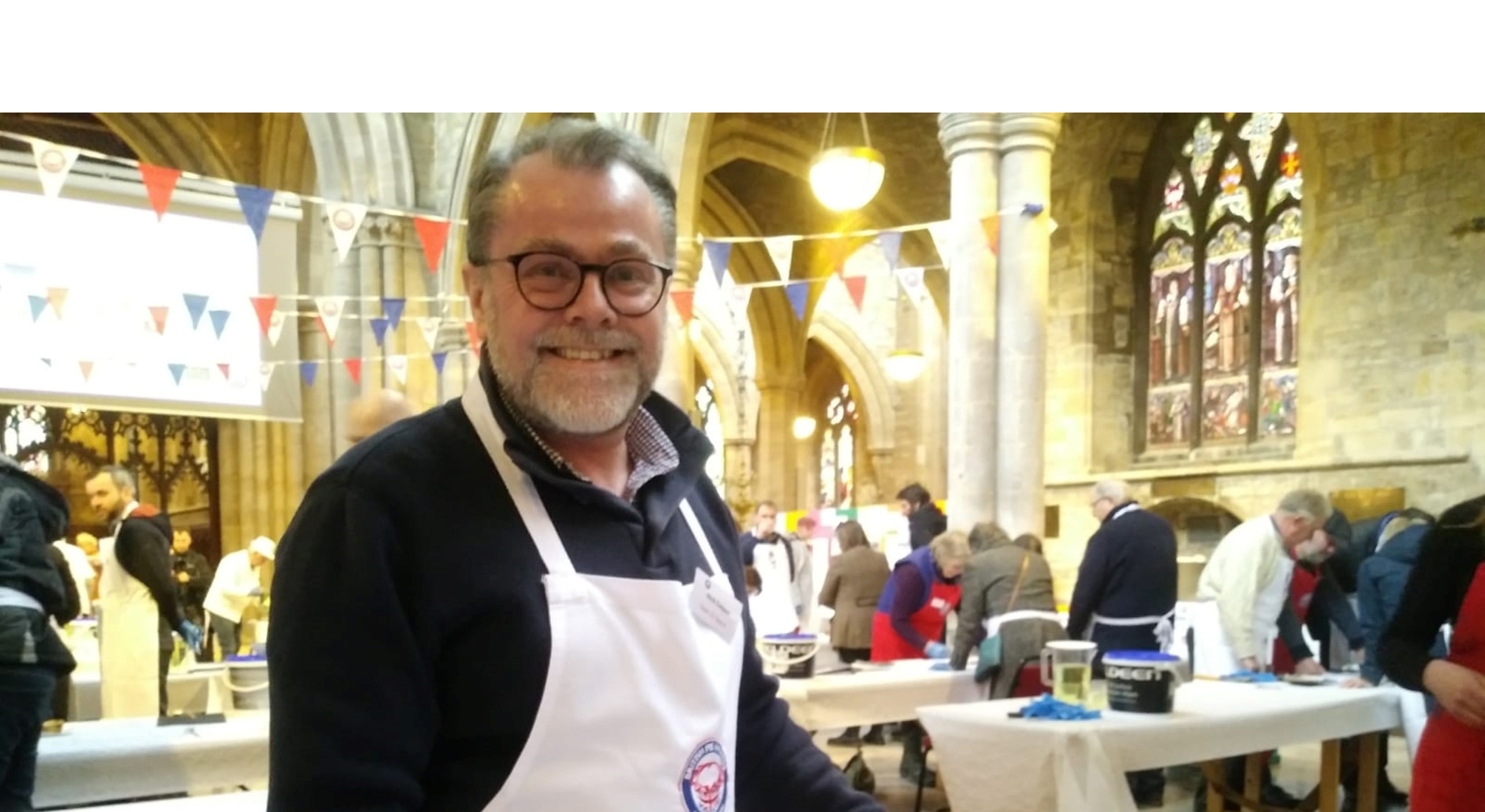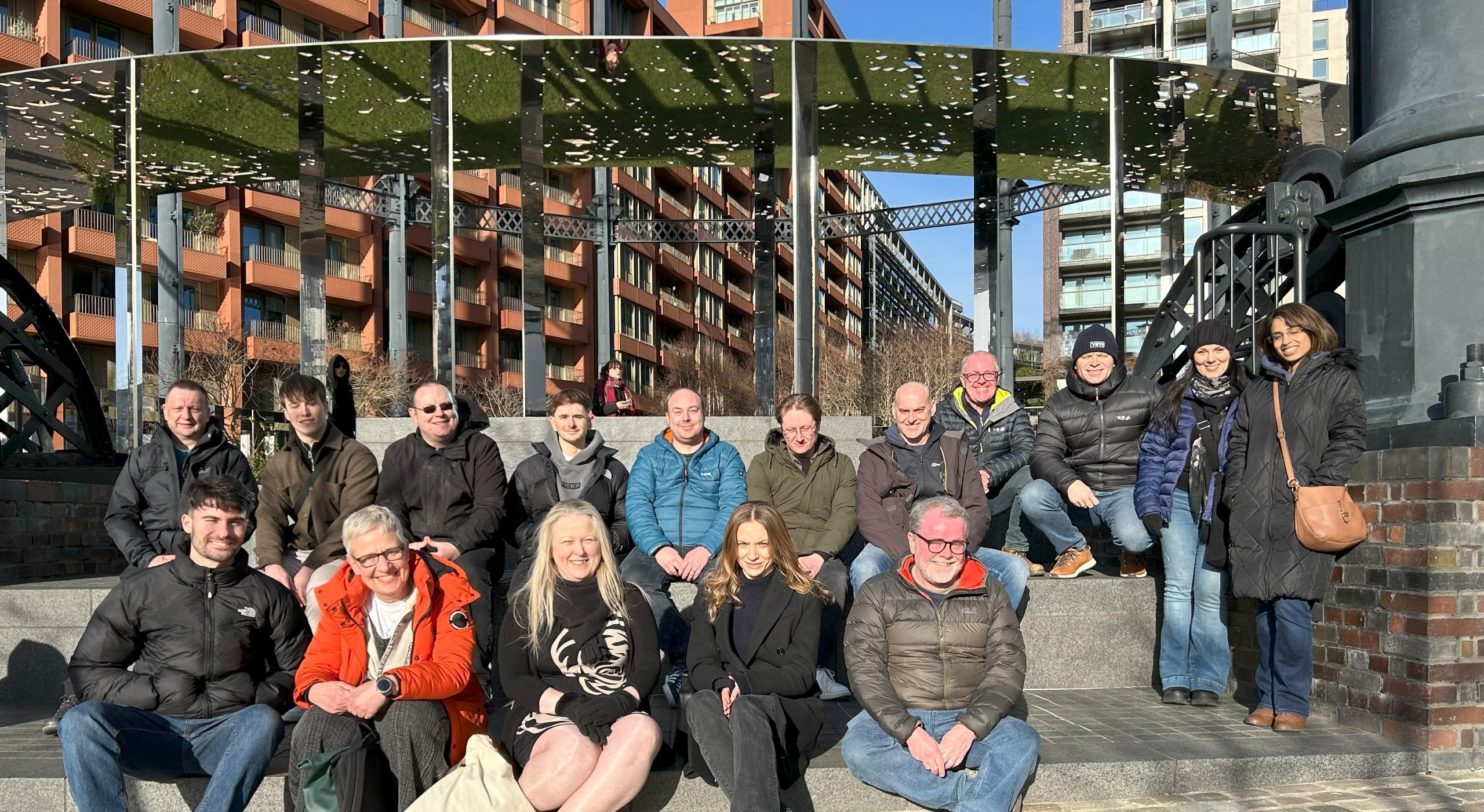
HSSP Architects are proud to support the next generation into and along the architectural career pathway and offer work experience through to supporting Part 3 qualification and transitioning to being a qualified architect.
Joseph White undertook his Masters (Part 2) through an architectural apprenticeship, then moved to HSSP’s employment and transferred his Part 3 architectural apprenticeship to be in conjunction with ourselves. As he has already completed one part of the Level 7 Architectural Apprenticeship, we spoke to Joe to see how different Parts 2 and 3 are.
“Part 3 is definitely a learning curve and is very different. Part 2 is all about design, whereas Part 3 is about documentation, processes, code of conduct, quality of work, fees, insurance, contracts and finance. I have enjoyed undertaking my first assignment and learning so much, but I do prefer the design element more so.
“The case study I have chosen is an interesting project all round. The client, contract type and project itself have sufficient depths and offer substance to write about. I also needed a project that was going to proceed and complete, which this one will.
“The apprenticeship was the right route for me three years ago and continues to be so. I would recommend it; it is more work, but it also balances with my family life. I get to have my artistic expression through my university work, whilst keeping my feed grounded and gaining experience with an employer. It just makes sense. Moving to HSSP and having their support for Part 3 has been invaluable.”
We look forward to seeing our project coming to fruition and reading Joseph’s assignments too. In the meantime, with Joseph having recent relevant experience in achieving Part 2, De Montfort University invited him back as a guest critic for their current Part 2 students.
Having done an initial critique for them in 2022, he has just undertaken an interim critique, which will be followed by a final one at the end of the academic year. The students present their work to the critics and fellow students, and are then asked questions with the expectation that they know and understand their projects sufficiently to be able to answer. It is about encouraging the students to be their best and also allows time for collaboration on ideas afterwards.
By HSSP Architects





